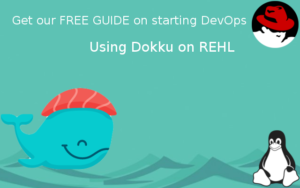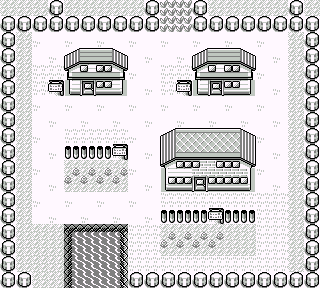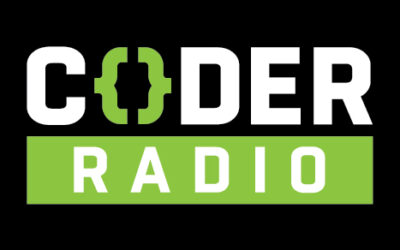In a word – “focus.” There are a lot of cool technologies available to developers to today and the truth is that, I’ve been spending a lot of time chasing a lot of different albeit very interesting technologies and trying to figure out what makes sense for myself and for Buccaneer. Here’s just a brief list of the things that I’ve found incredibly interesting technology-wise over the last eighteen months: Docker, Swift, Linux, iOS development, Android development, Arduino, 3D Printing, DevOps, Angular, React, and about a thousand other things. All of them are very cool, but there’s not a lot of depth one developer can get in any given technology if he or she is focusing on more than one or two of them at a time.
So what does this have to do with selling a Mac. Well, I spent years writing iOS apps in Objective-C and a significantly smaller amount of time writing them in Swift and that was fun for a long time, but now Buccaneer and I have moved on to the exciting world of Containerization via Docker and the wider DevOps space.
For a time, I was trying to juggle these two priorities but what I found was that if you have two messages, then all you’re really messaging is a cacophony of white noise. Another aspect of this is looking into the future based on the current tech trends. While there still are some advantages to native apps over hybrid apps, most enterprise customers are correctly focusing on hybrid or web-powered apps or those who have a little more tolerance for a performance hit are skating to where the puck is likely going in the form of progress web apps. Enterprises are really deciding between hybrid apps with tools like React or Ionic or full on progressive web apps using something like Angular or Google’s Polymer. The reasons for this tend to be the usual development and maintenance costs arguments but also that most of the complexity in enterprise systems tends to be on the back-end rather than the client-side.
My solution is extremely simple — to just skate to where the puck is going and that’s toward thinner clients with complicated back-end systems. These back-ends will be hard to maintain and that’s where containerization provides value and I find that sort of work is best done on a Linux workstation, so I’m going Linux 100%.







